Many people like the idea of creating a sustainable home, but aren't quite sure where to start or how to go about it. At Anna's House, the teamwork between the architect and builder helped to show Anna what was possible and create a home that's only as big as it needs to be, minimises waste during construction and uses passive solar design principles to keep the home comfortable with minimal energy...
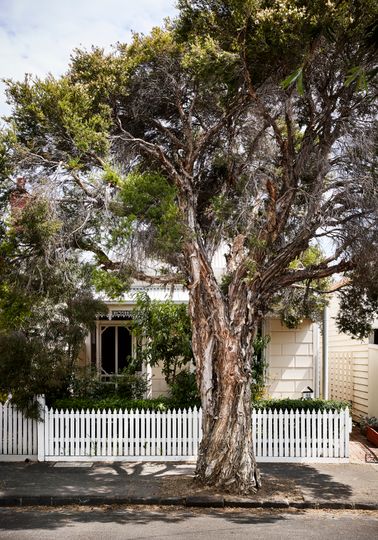
Anna found an architect in a round-about way. She was interested in creating a sustainable home within her budget but didn't know how to go about it. Her interest was piqued by the name of a local builder, Sustainable Homes Melbourne, who recommended she speak to Gardiner Architects. It's common to want a sustainable home, but it can be difficult to navigate your options, particularly with so much greenwashing out there.
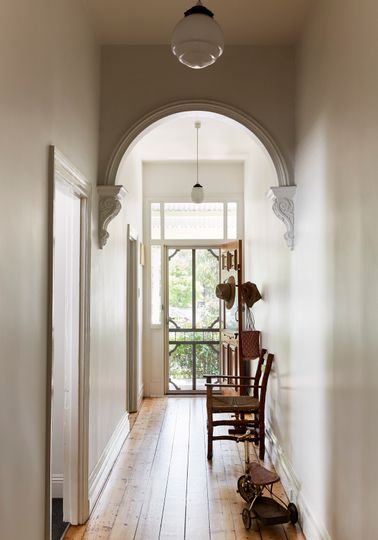
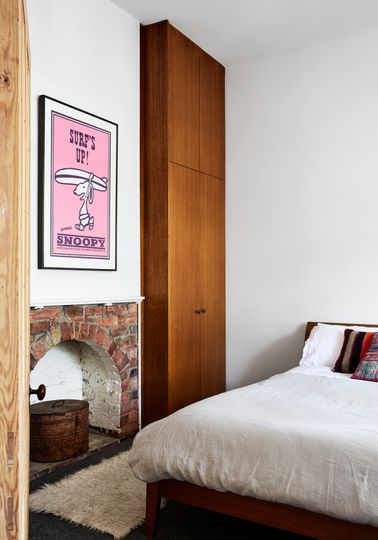
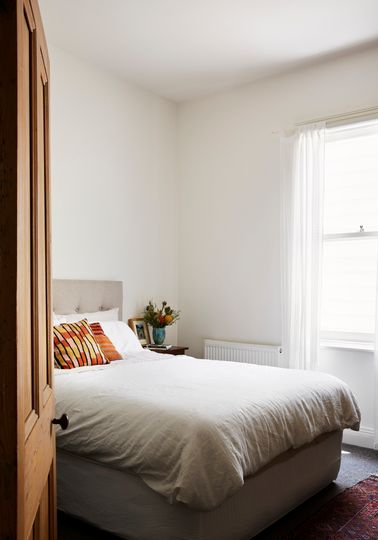
The existing weatherboard home was a little tired, with the two original bedrooms at the front, an awkward walk-through lounge (impossible to furnish) and a lean-to with small rooms, low ceilings, no insulation and completely disconnected from the garden. The new design transforms the home, restoring the verandah and front two rooms to their former glory and creating new, light-filled living spaces which embrace the garden at the rear.
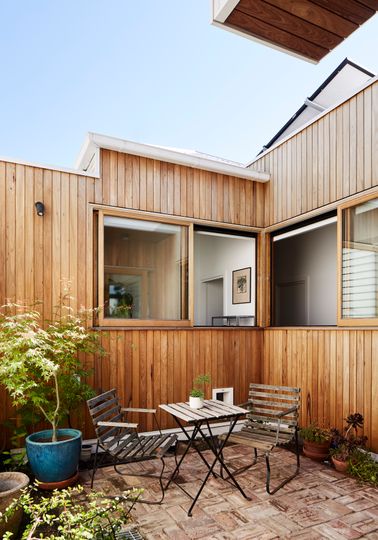
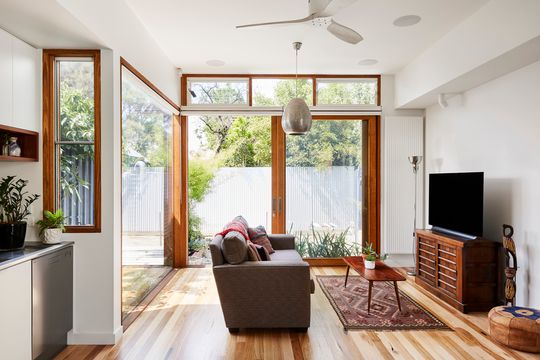
Bringing north light into the home was achieved by creating a central courtyard around which the rooms flow. Beyond reorienting the home towards the sun, the courtyard also helps to provide natural ventilation for the home and means that every room has an outlook onto the outdoors. A raised ceiling over the living area with clerestory windows lets even more light into the home. With a concrete slab providing thermal mass, solar panels and a water tank, the home will be thermally comfortable and require minimal mains electricity and water to run.
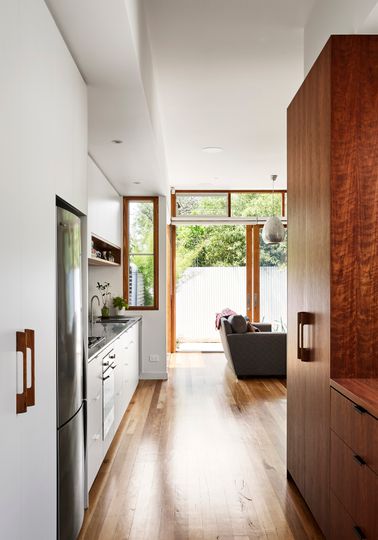

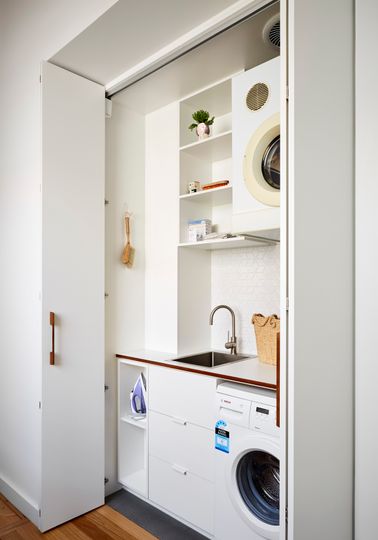
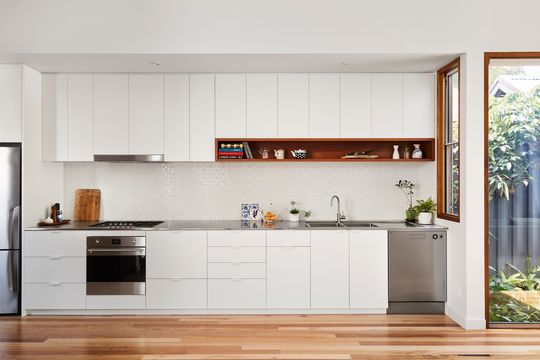
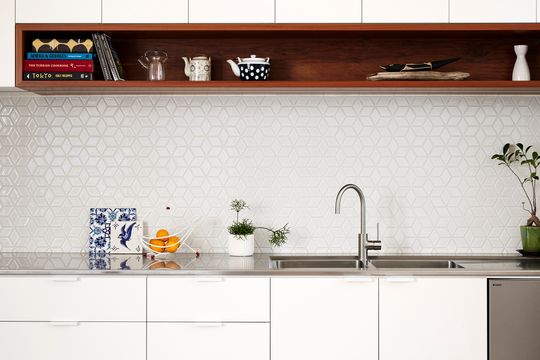
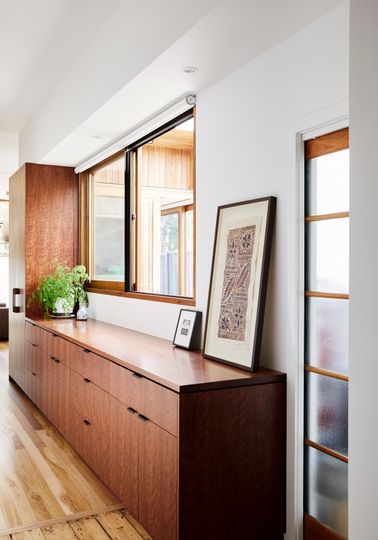
The corridor connecting old and new is put to work, housing a separate toilet, European-style laundry and plenty of storage as well as the kitchen. "Doubling up a corridor with service areas is a space-saving tactic that assists with the efficient use of space in small footprint homes", explains the architect, Paul Gardiner. While the kitchen is contained on one wall, additional bench space with drawers below is available on the opposite wall if required. By doing away with a separate laundry, ensuite bathroom and maximising space-efficiency they were able to minimise the size of the home, saving money and reducing its environmental impact.
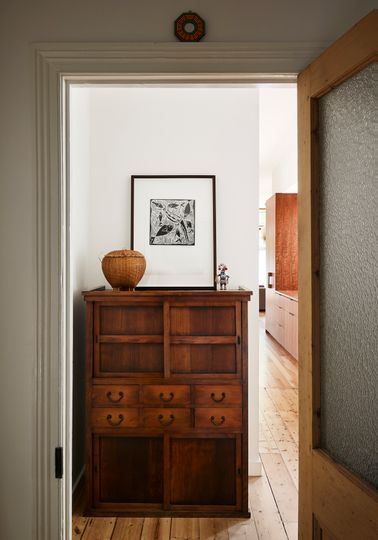
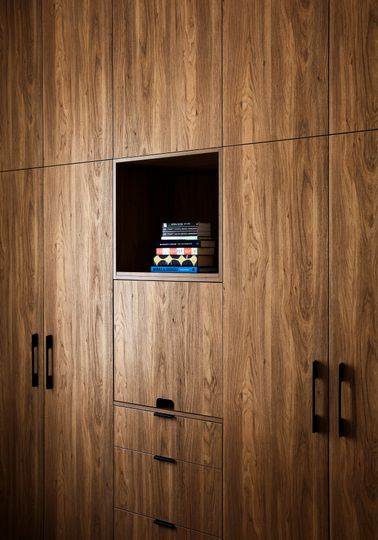
Anna has a beautiful collection of artwork and furniture: "a mix of special pieces from her family and relics from her travels around the world, that collectively have a very warm and rich aesthetic", explains Paul. To act as a backdrop for Anna's possessions, the interior palette is kept simple in timber and white.
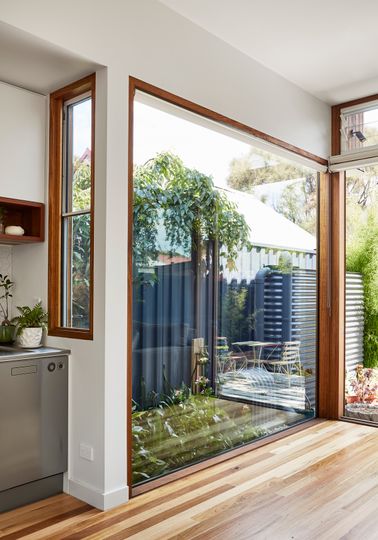
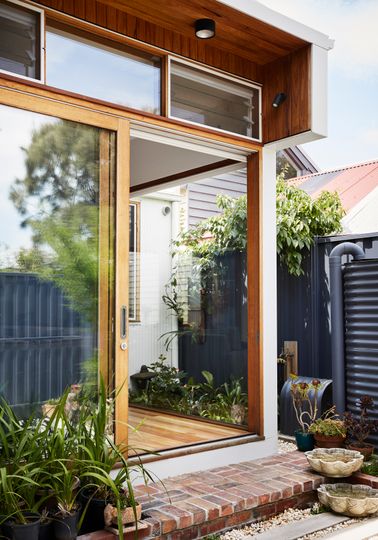
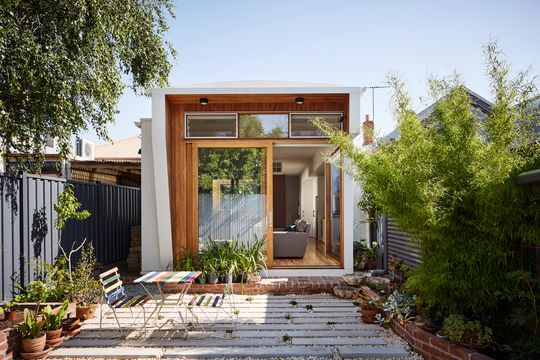
The builder's "green work practices such as reducing waste, using ethically sourced materials and engaging eco-friendly demolition companies" combined with the architect's space-efficient, passive solar design means Anna's House is comfortable year-round, low-energy and sustainably designed and built. Paul says, "we’ve visited Anna in her new home and found that she's really comfortable living there. It's light and open while feeling private and protected even though the neighbouring properties are so close by. The garden aspect from all rooms really helps with this. The orientation, incorporation of the concrete slab and well-insulated walls assist the house feeling comfortable all year round." Sounds like a success all-round!
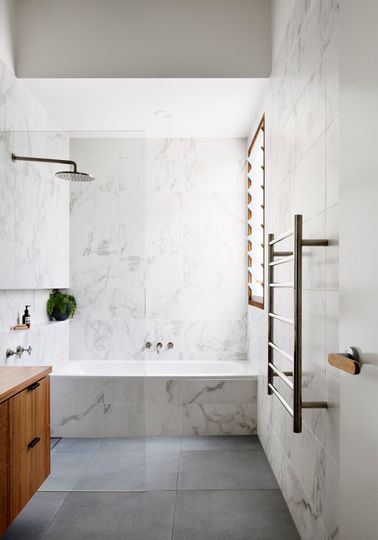
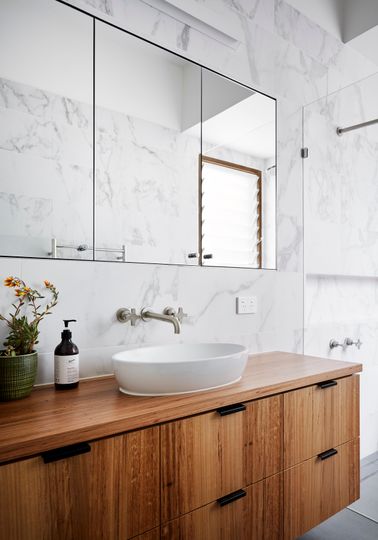
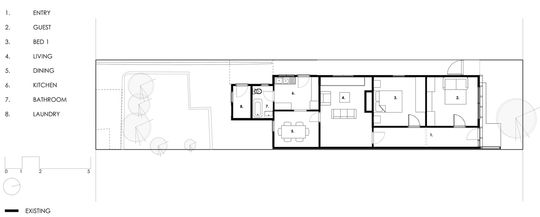
Original Floor Plan
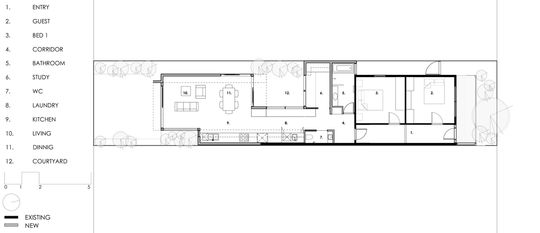
New Floor Plan